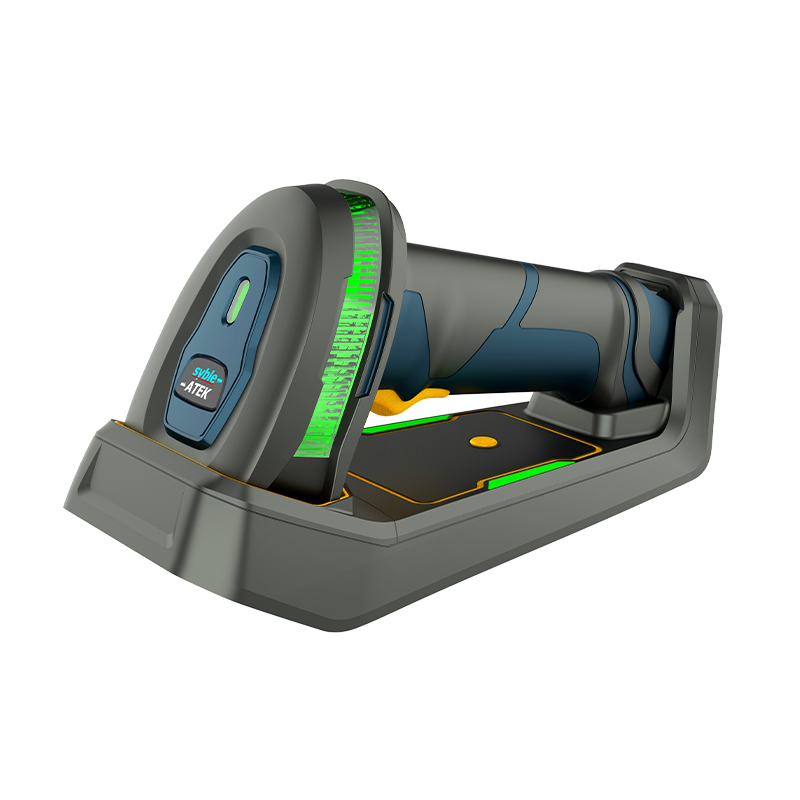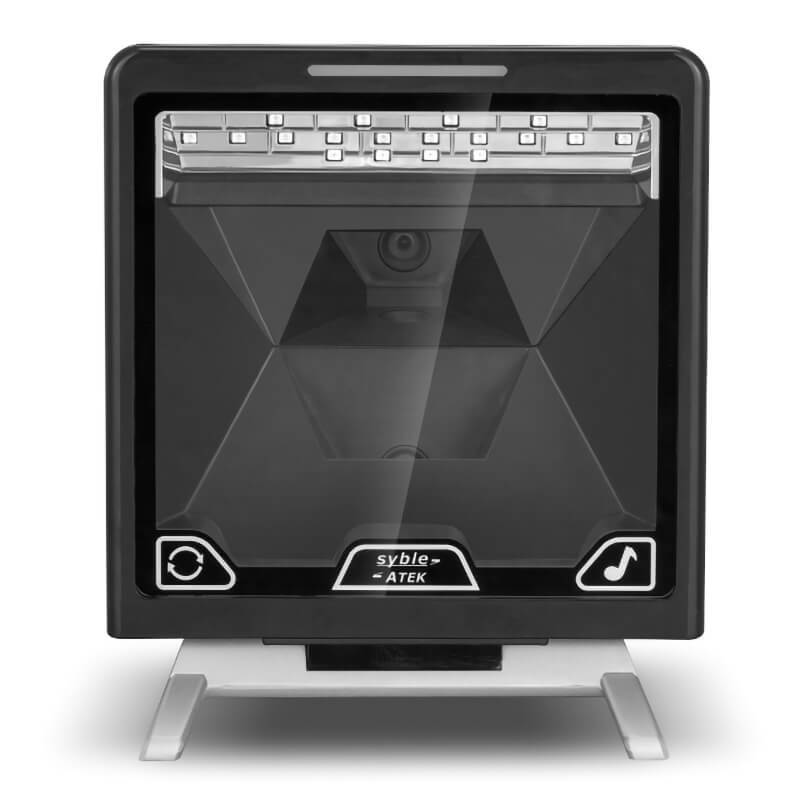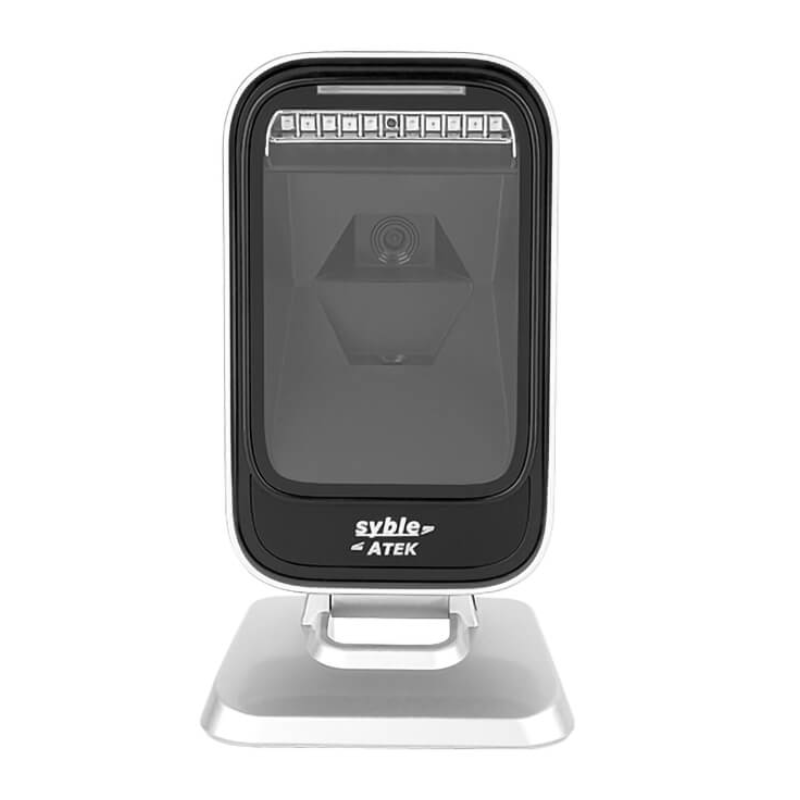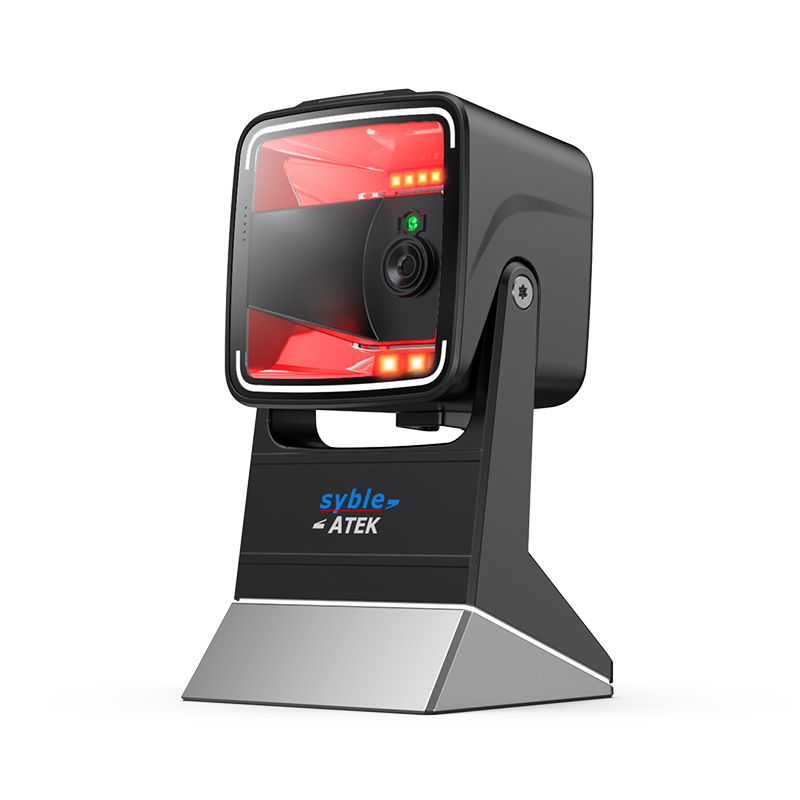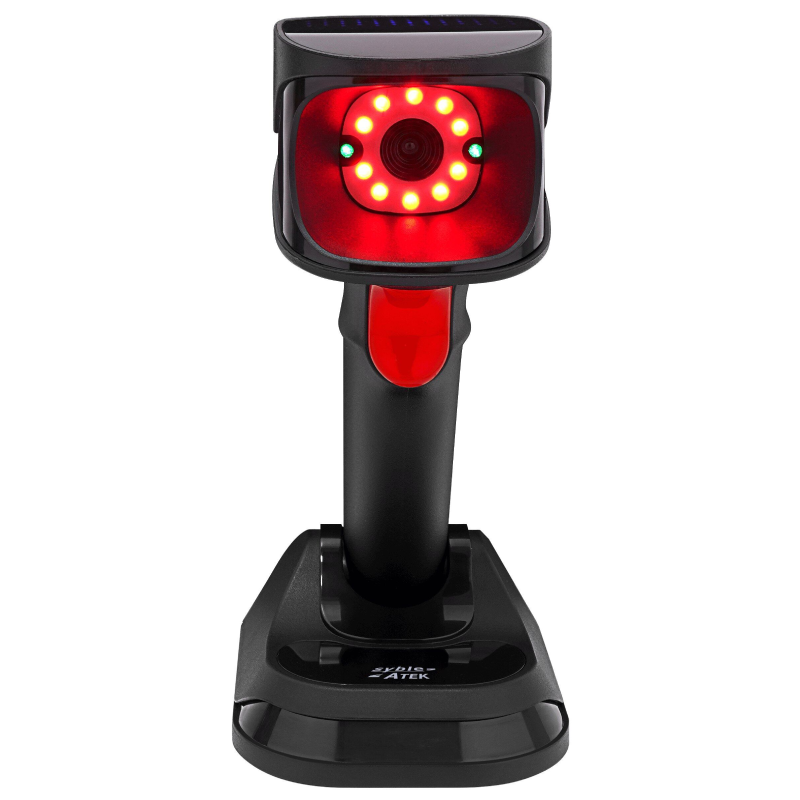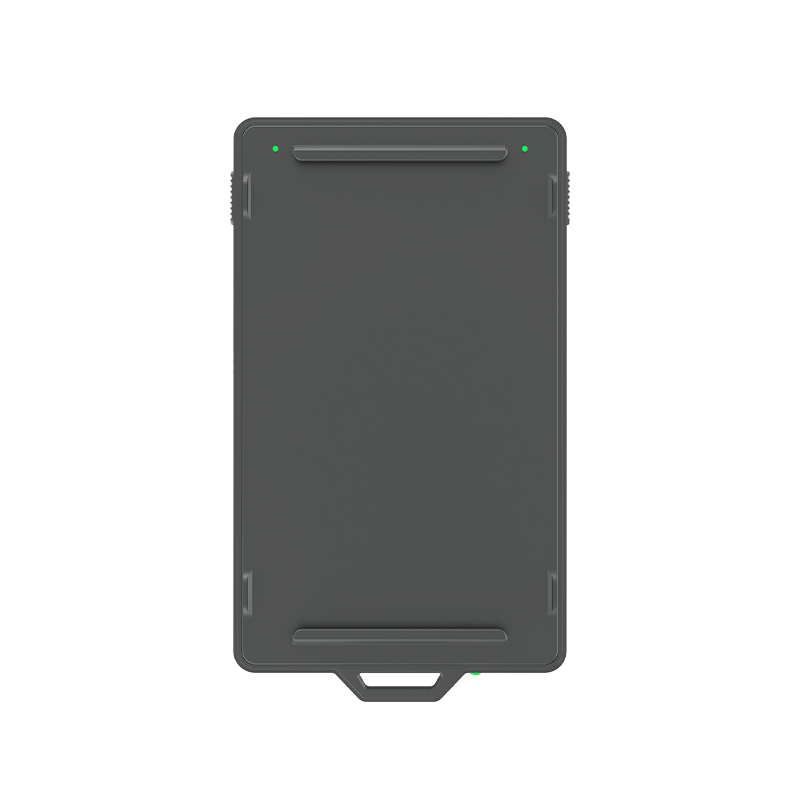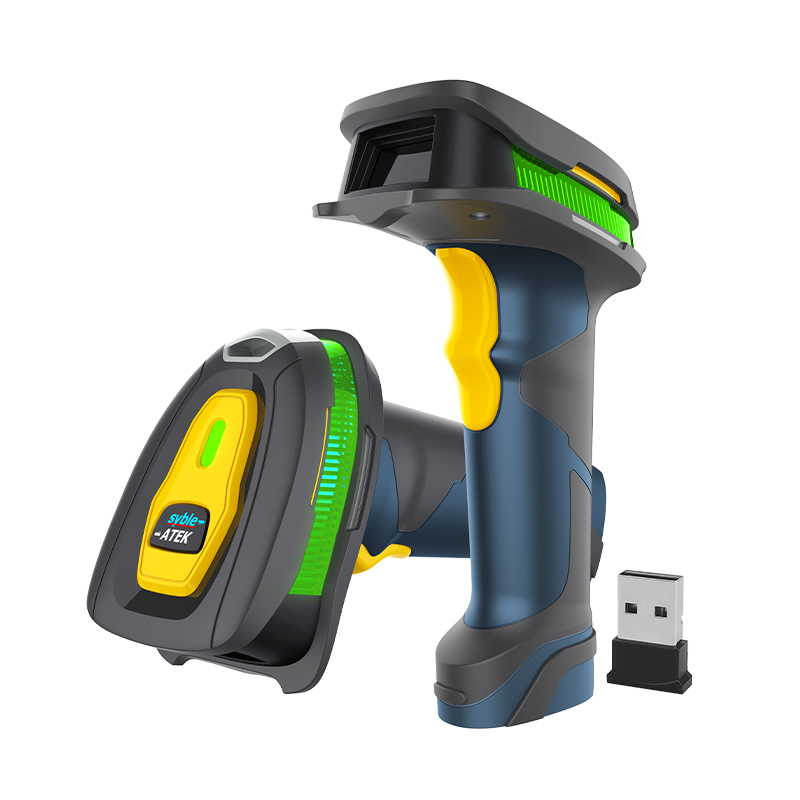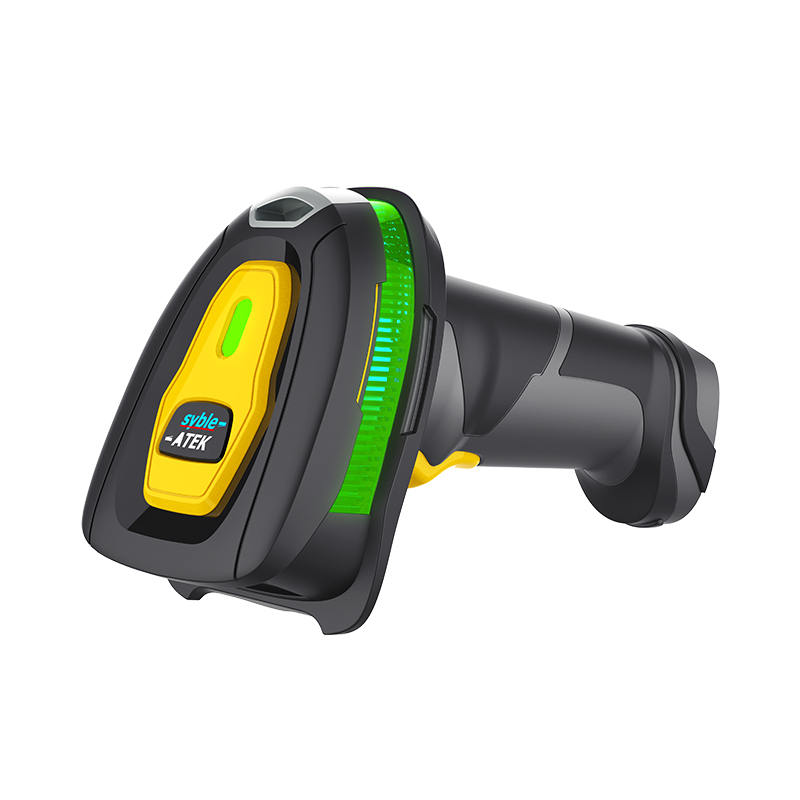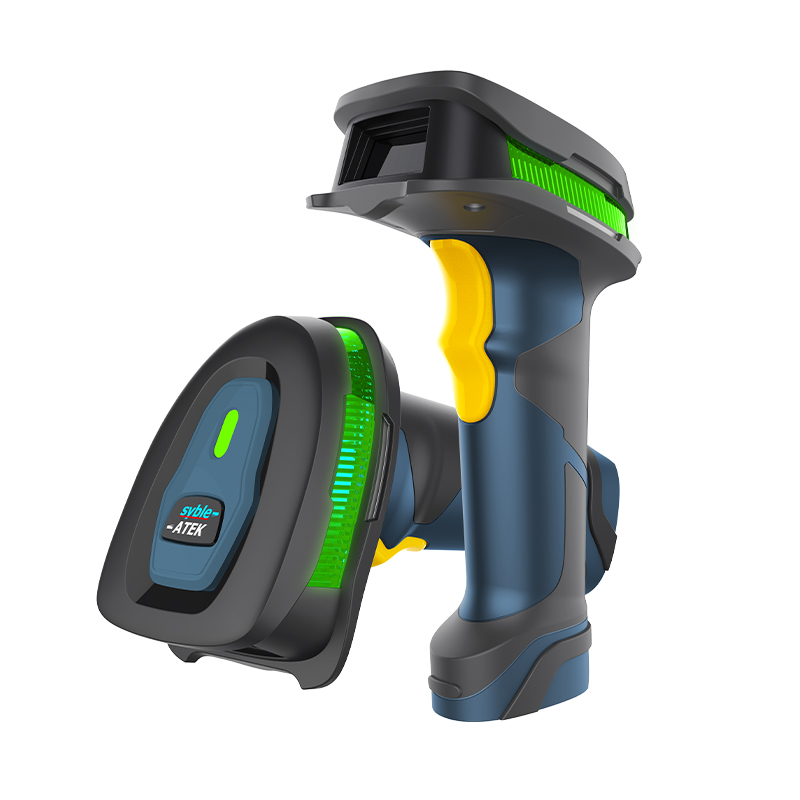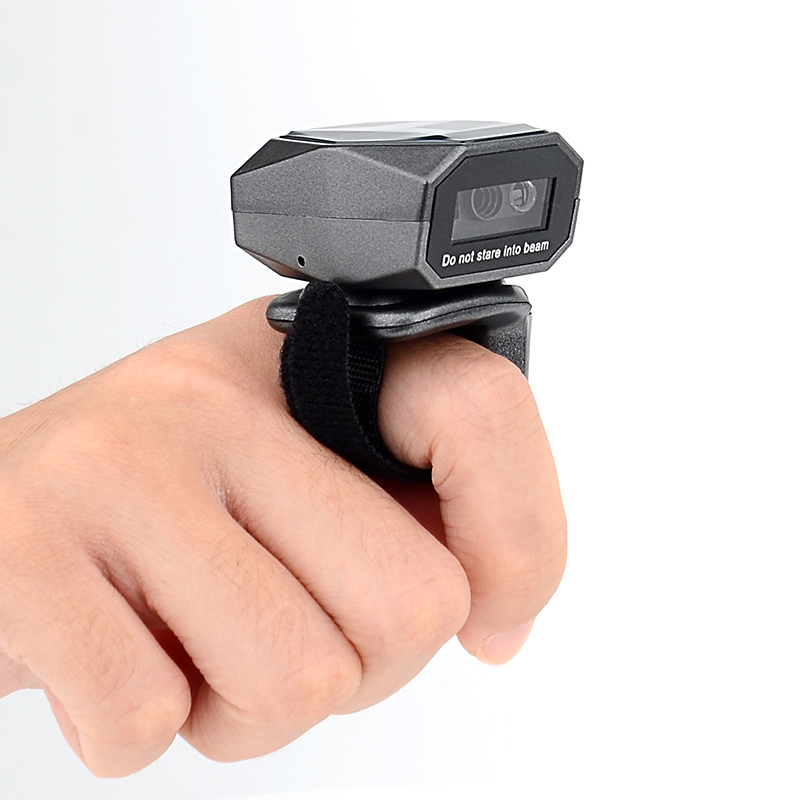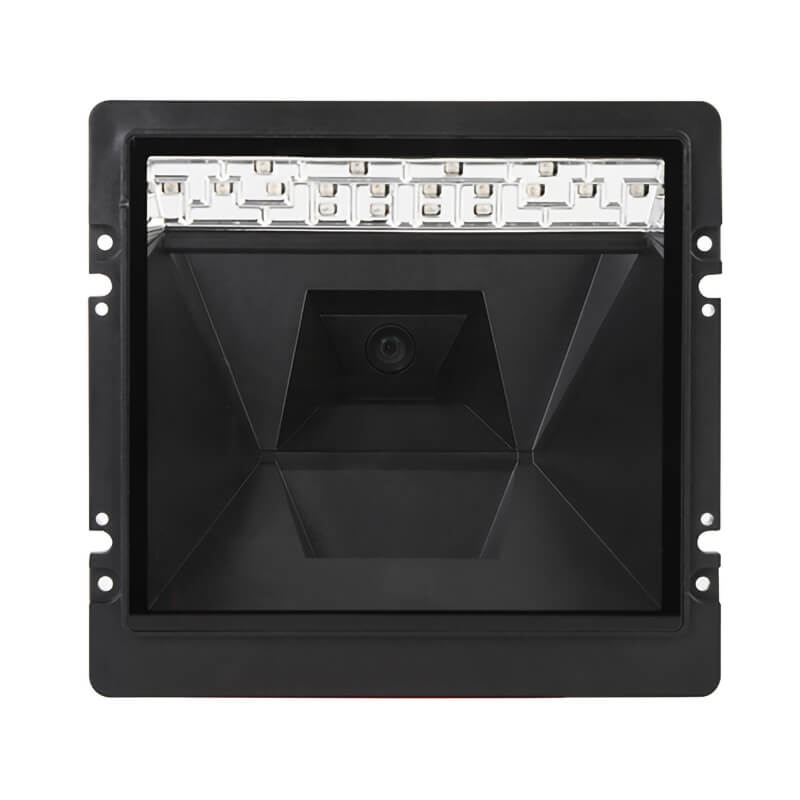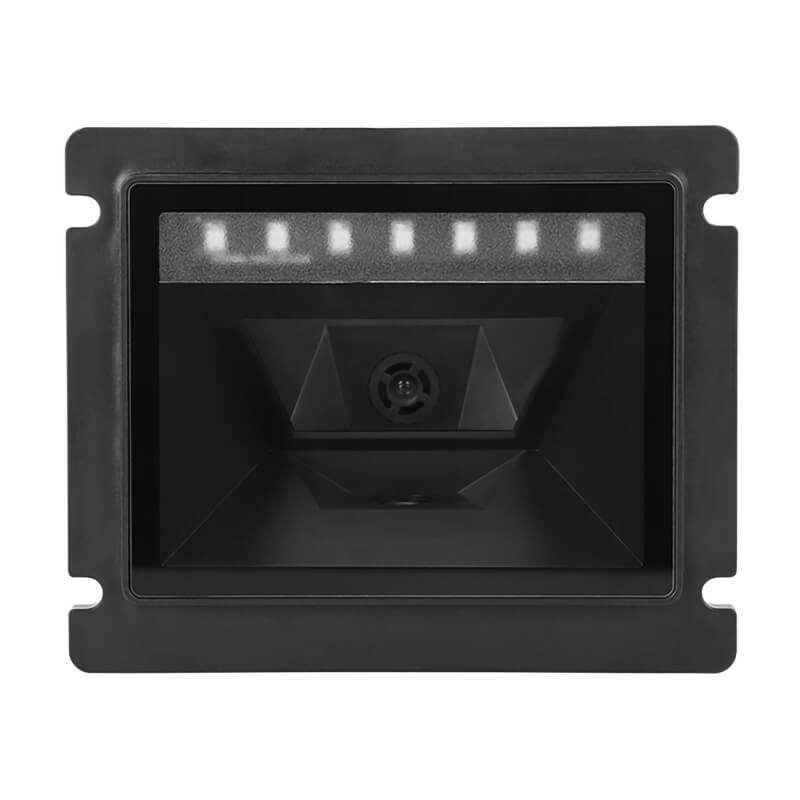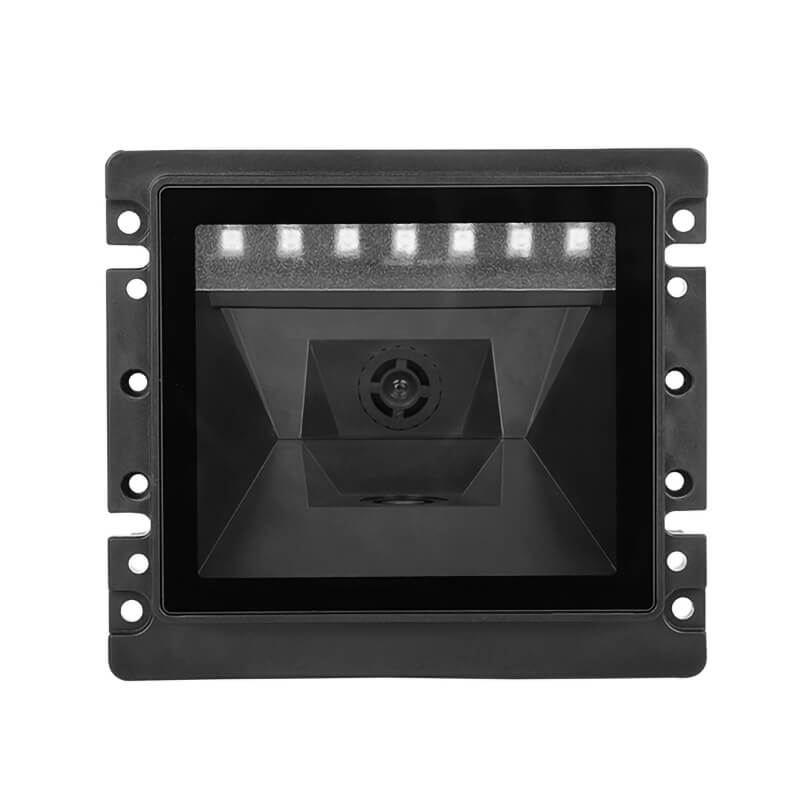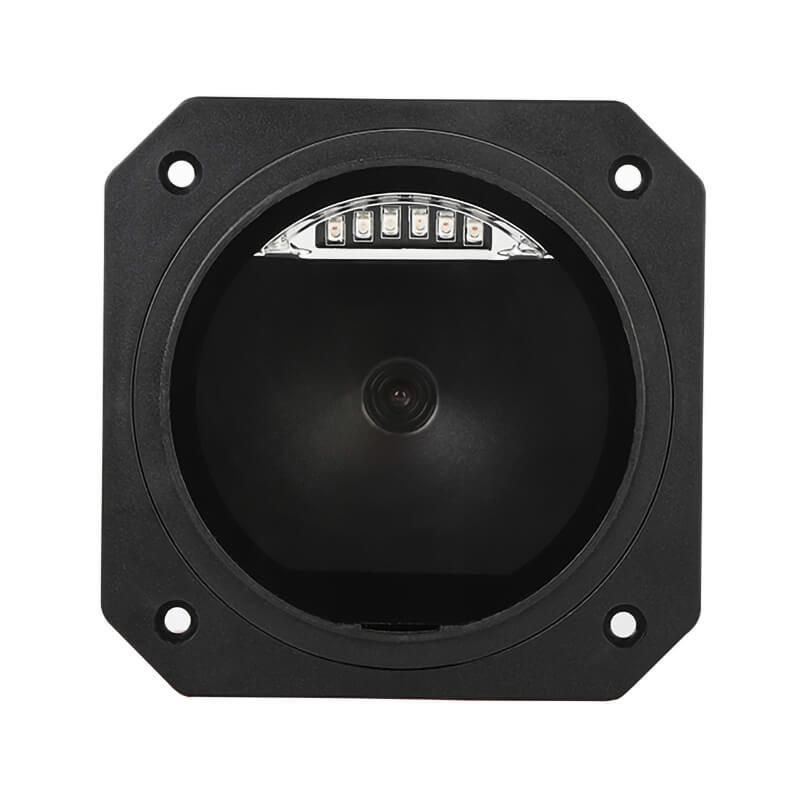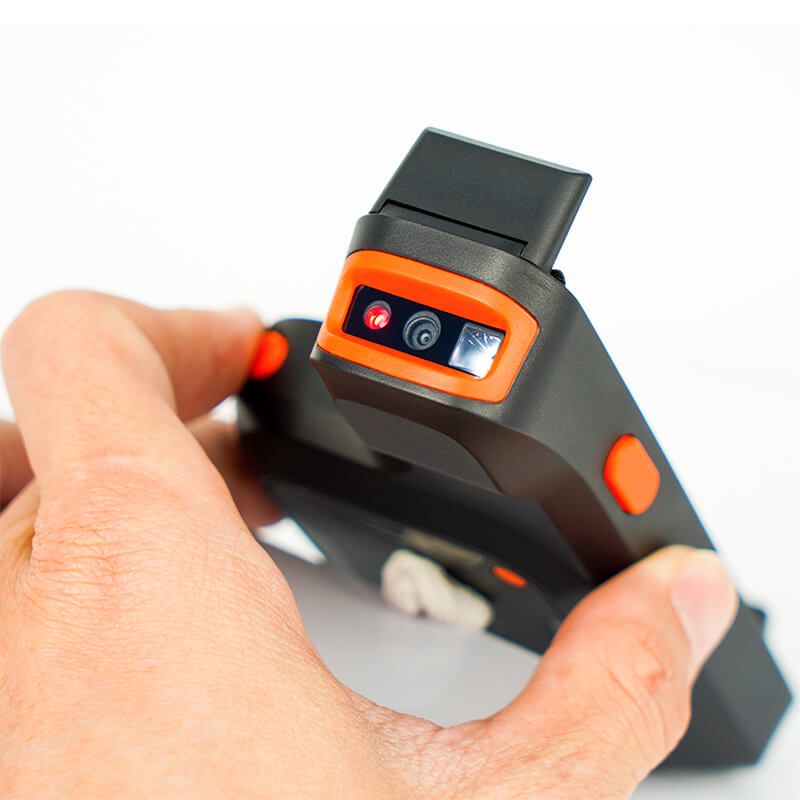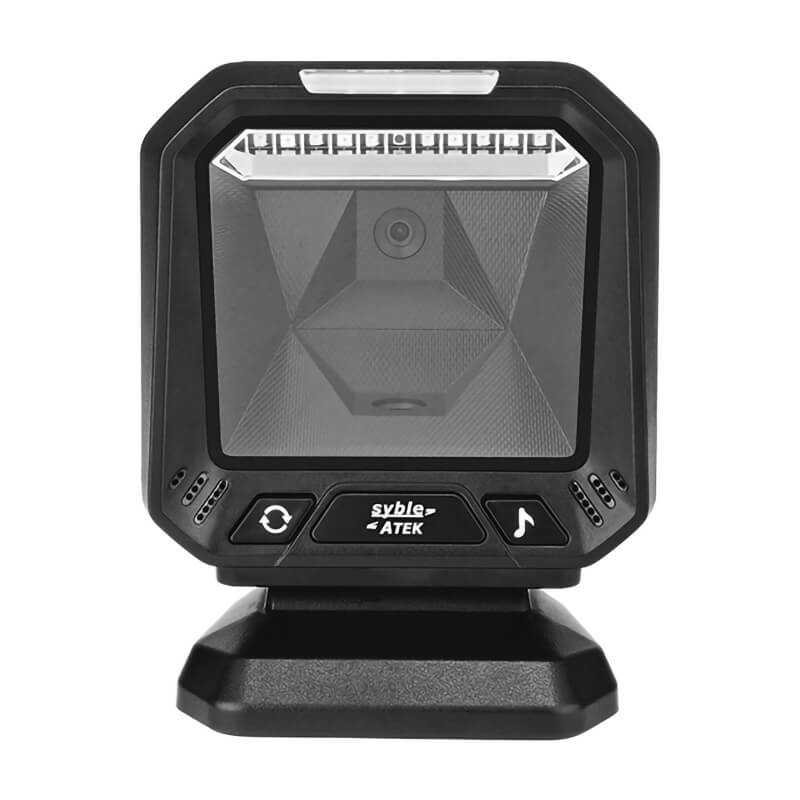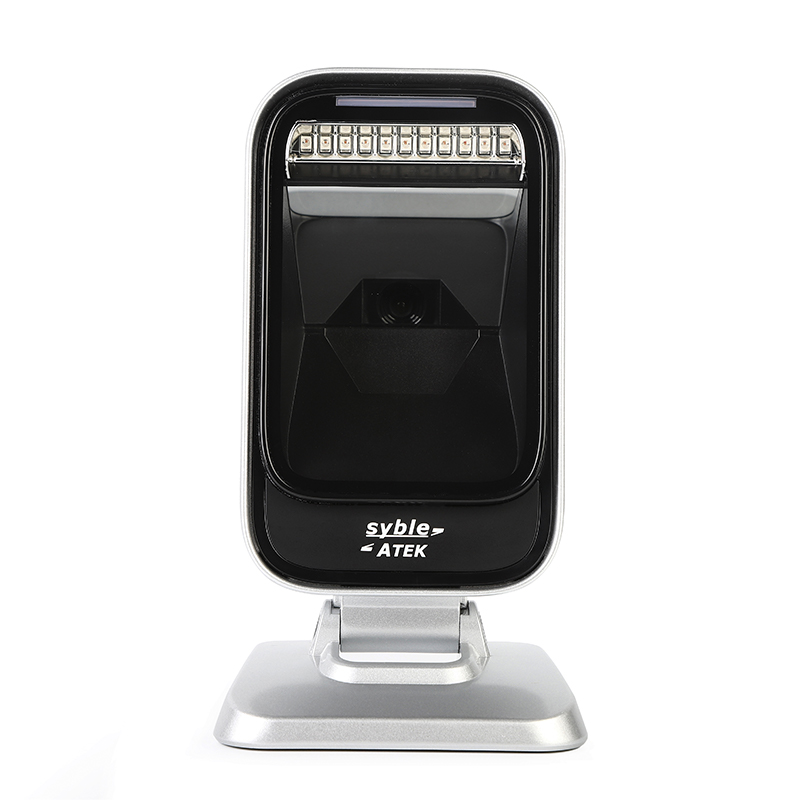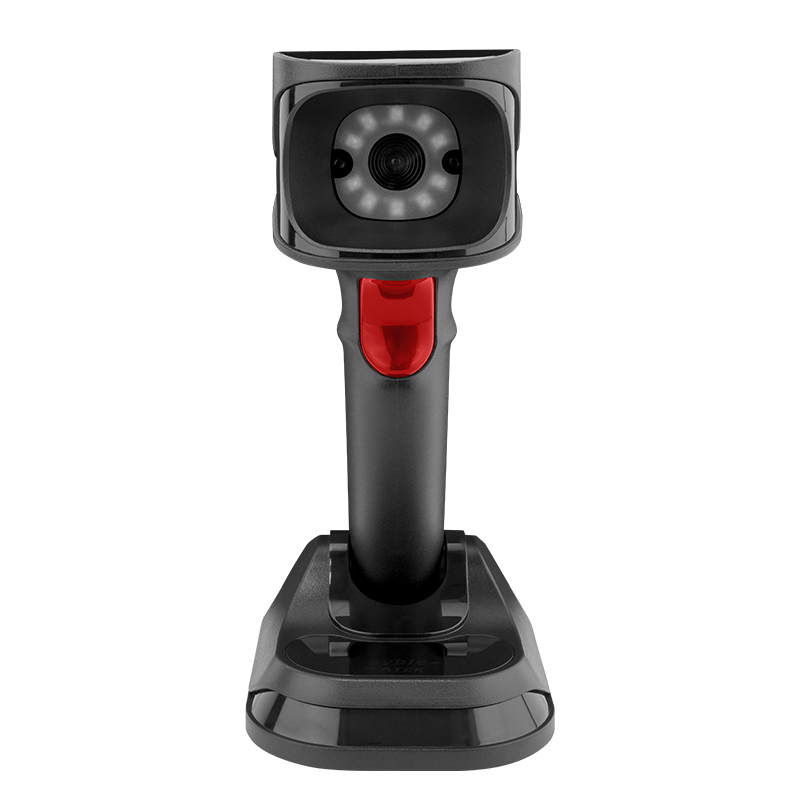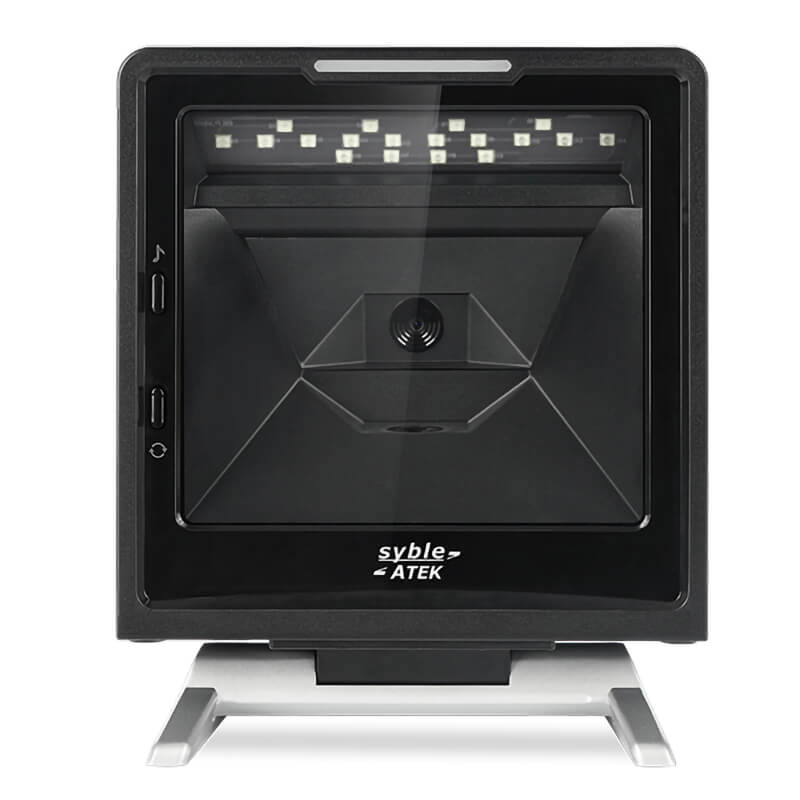Barcodes have revolutionized the way businesses track and manage inventory, leading to significant improvements in efficiency and accuracy. From their humble beginnings in the grocery industry to their widespread use across various sectors, barcode scanning technology has undergone remarkable evolution. This article delves into the history, types, applications, benefits, limitations, and emerging trends in barcode scanning technology.
History of Barcode Scanning Technology
Early Beginnings
1948: The concept of barcodes was born when Norman "Joe" Woodland and Bernard Silver, inspired by Morse code, developed a system to encode product information.
1973: The Universal Product Code (UPC) was introduced, with the first product scanned being a pack of Wrigley's Juicy Fruit gum.
Technological Advancements
1982: Introduction of the first charge-coupled device (CCD) scanner, which paved the way for modern scanning devices.
1986: The first handheld fixed-beam laser scanner was patented, enhancing portability and ease of use.
Types of Barcodes
1D Barcodes (Linear Barcodes)
UPC and EAN: Widely used in retail for product identification.
Code 39 and Code 128: Used in logistics and inventory management for their ability to encode alphanumeric characters.
2D Barcodes (Matrix Codes)
QR Codes: Popular in marketing and mobile payments due to their high data capacity and error correction capabilities.
PDF417: Used in transportation and identification documents for storing large amounts of data.
Applications Across Industries
Retail
Barcodes streamline checkout processes and inventory management, reducing human error and improving efficiency.
Healthcare
Barcodes ensure accurate patient identification and medication administration, enhancing patient safety.
Transportation
Barcodes on boarding passes and luggage tags improve the efficiency and accuracy of passenger and baggage handling.
Manufacturing
Barcodes track parts and products throughout the production process, ensuring quality control and traceability.
Benefits of Barcode Scanning Technology
Accuracy: Reduces human error in data entry.
Efficiency: Speeds up processes such as checkout and inventory management.
Cost-Effective: Lowers labor costs by automating data collection.
Versatility: Applicable across various industries and use cases.
Limitations of Barcode Scanning Technology
Damage Sensitivity: Traditional barcodes can be rendered unreadable if damaged.
Data Capacity: 1D barcodes have limited data storage capacity compared to 2D barcodes.
Equipment Costs: Initial setup costs for barcode scanning systems can be high.
Emerging Trends
Mobile Barcode Scanning
Smartphones equipped with barcode scanning apps are becoming increasingly popular, offering a cost-effective alternative to dedicated scanners.
RFID Integration
Combining barcodes with RFID technology enhances tracking capabilities and data accuracy, particularly in supply chain management.
Image Recognition
Advanced image recognition technologies are being integrated with barcode scanning to improve accuracy and functionality in diverse environments.
Conclusion
The evolution of barcode scanning technology has had a profound impact on various industries, driving efficiency, accuracy, and cost savings. As technology continues to advance, we can expect further innovations that will enhance the capabilities and applications of barcode scanning. Whether through mobile scanning solutions, RFID integration, or image recognition, the future of barcode technology promises to be even more transformative.

